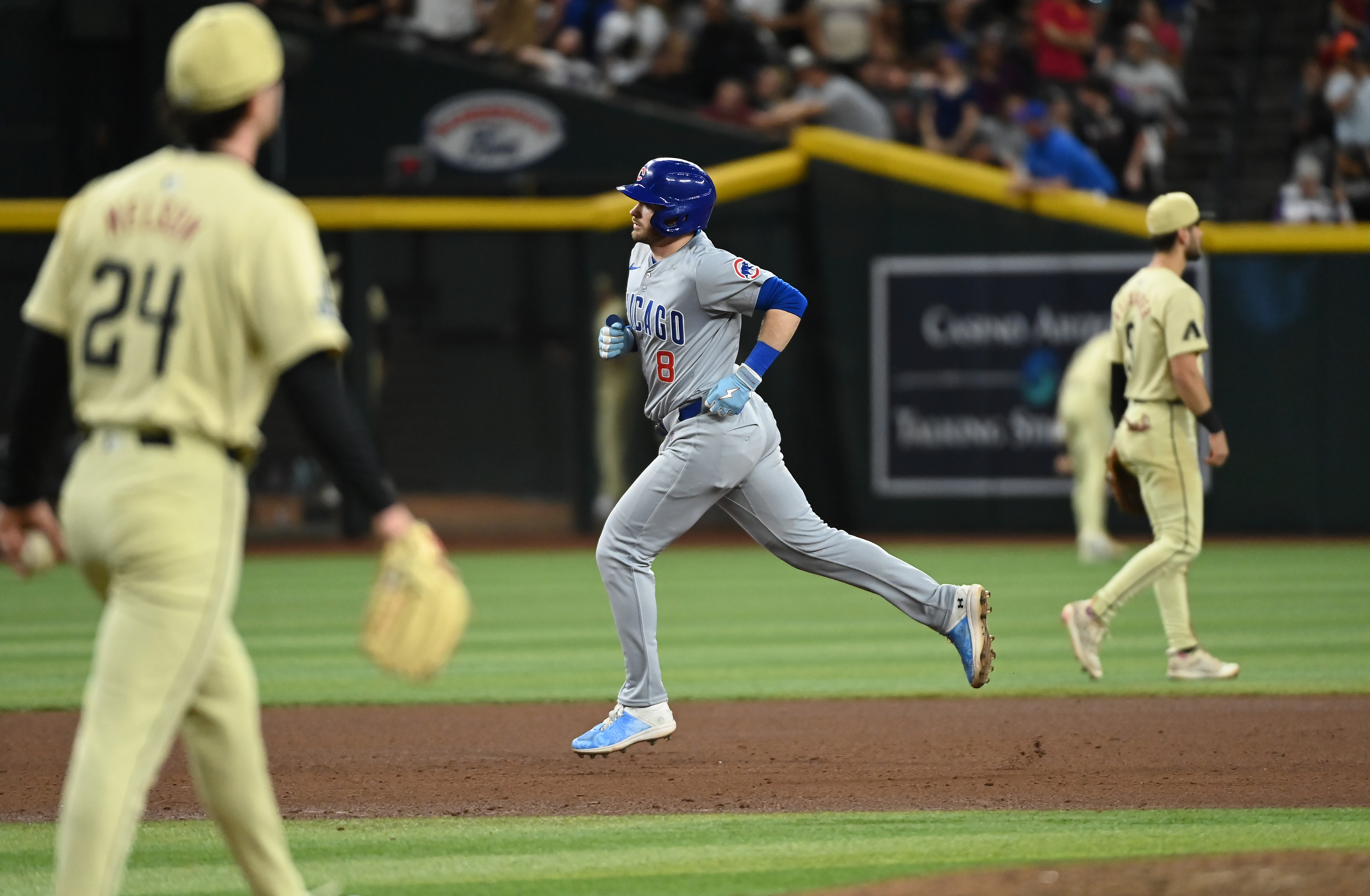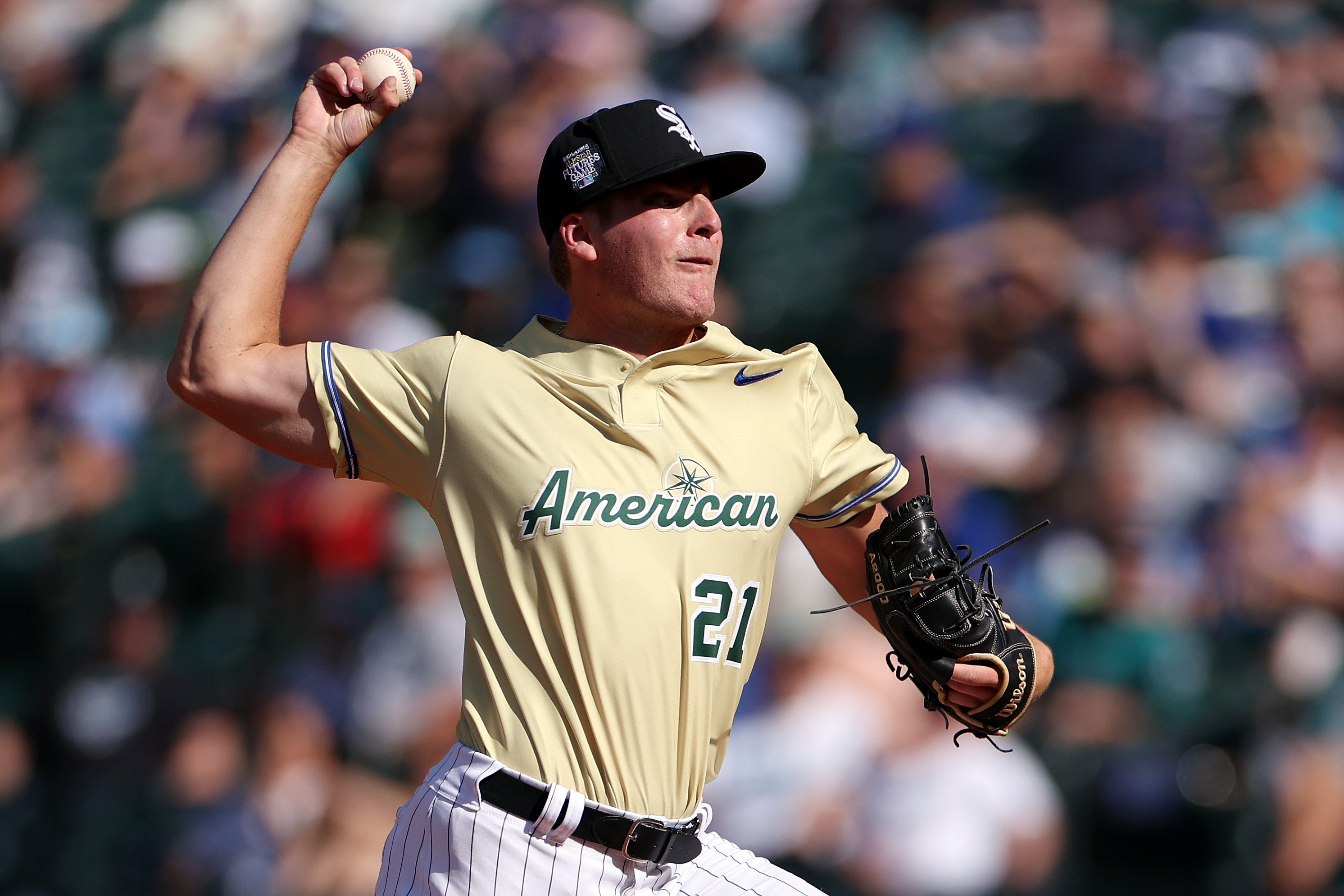There's something about rain and these Cubs.
It's a match made in baseball heaven.
The Cubs began the season by crawling along at a rather disappointing pace when compared to the level of expectations bestowed upon the team in spring training.
Part of that was due to an incredibly wacky first few weeks of the season with awful weather forcing five postponements.
It was that last postponed game, however, that changed the 2018 season — for now, at least.
The Cubs were supposed to host the St. Louis Cardinals for three games to close out their first homestand of the season. But the first game was pushed back due to poor weather and then the teams played Tuesday night before Mother Nature reared her ugly head again Wednesday.
Mark that Wednesday — April 18 — as a day to remember when we close the book on the 2018 season.
MLB
The Cubs have lost just twice since then, going on a run where they won 8 of 10 against a bunch of playoff-hopeful teams (Cardinals, Rockies, Indians, Brewers).
So what happened on that day?
The Cubs fully bought in to their new offensive philosophy under first-year hitting coaches Chili Davis and Andy Haines.
"Guys were wearing out the cage with Chili and Hainesy and the other guys," Theo Epstein said before Monday's tilt with the Rockies at Wrigley Field. "I think that was the day we had a big increase in buy-in and team-wide offensive approach that we were gonna use the whole field.
"Since that, we've gotta lead the league in opposite field hits. It's good to see."
Data gets a little tricky in terms of trying to nail down how many actual "hits" each team collects to the opposite field, but there are numbers to support Epstein's claim.
Over the last two weeks, the Cubs rank 7th in baseball in terms of batted balls (hits + outs) to the opposite field. That's pushed their season rank to 18th in 2018, indicating a clear shift from their pull-happy ways to start the year.
Previous hitting coach John Mallee did a lot of good things for this organzation, but one of his main philosophies was trying to get players to hit the ball in the air and to pull it. As such, this team didn't use the whole field anywhere near as much.
The 2017 Cubs ranked 27th in baseball in opposite field hit percentage. The 2016 team finished 29th out of 30 teams.
"Chili came in with a mandate of getting guys to consider using the whole field a little bit more," Epstein said, "working on situational hitting, working on a two-strike approach, working on line drives through the gaps instead of sort of the all-or-nothing approach that sometimes we can fall victim to at times the way the whole league does.
"In that regard, it's been a really nice first month as a team."
The first month has seen some major offensive steps forward for Kyle Schwarber, Javy Baez, Albert Almora Jr. and even Kris Bryant. The results haven't shown up for Addison Russell yet, but he is using the opposite field more than ever before.
The end result is a Cubs offense that ranks third in the NL in runs scored and second in runs per game.
Of course, it could also just be a hot two-week stretch and a small sample size. But if the Cubs have really bought in on using the entire field, an incredibly-talented offense has just gotten that much more dynamic.


